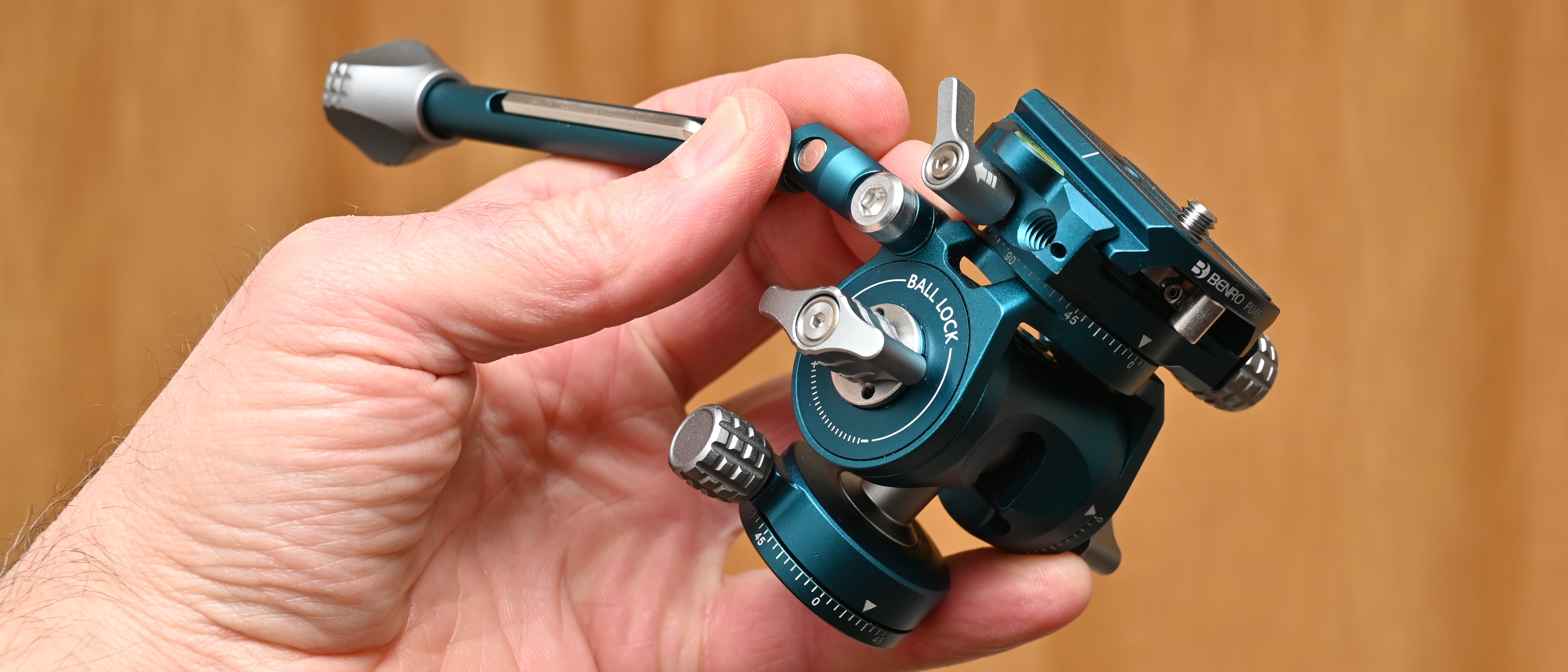The best flip phone & best folding phone
They're super-fashionable, and for good reason. We reveal the best flip phone & best folding phone right now
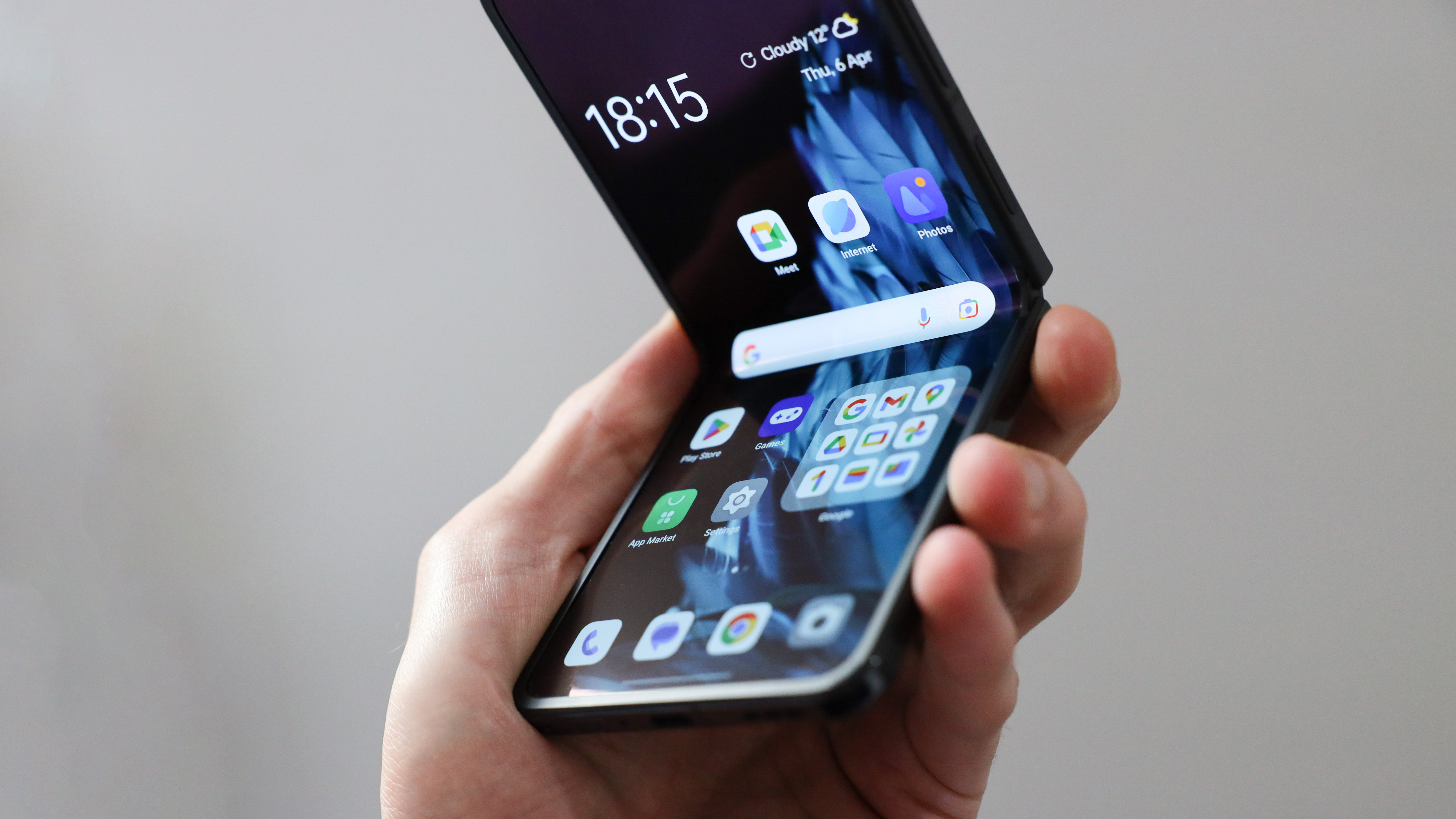
The best flip phone is nice and easy to slip in your pocket, while the best folding phone opens up to reveal an enormous screen. Whichever you prefer, this guide will reveal the best model for you, at the best possible price.
The arrival of the smartphone temporarily killed the flip phone market, but we're not surprised they're on their way back, albeit reimagined with the latest tech. After all, there's something very satisfying, as well as practical, about closing the phone to hide your screen. It's a great way to take a step away from the incessant demands of the digital world: you can still be contacted, but you're not constantly being bothered by screen updates.
The best fold phones, meanwhile, provide many of the advantages of a large tablet screen, without having to carry around a tablet. And of course, you can make calls too. For more on fold phones, read: Why I Fold While Others Flip.
Best flip phone & best folding phones: the full guide
Why you can trust Digital Camera World
Best flip phone overall
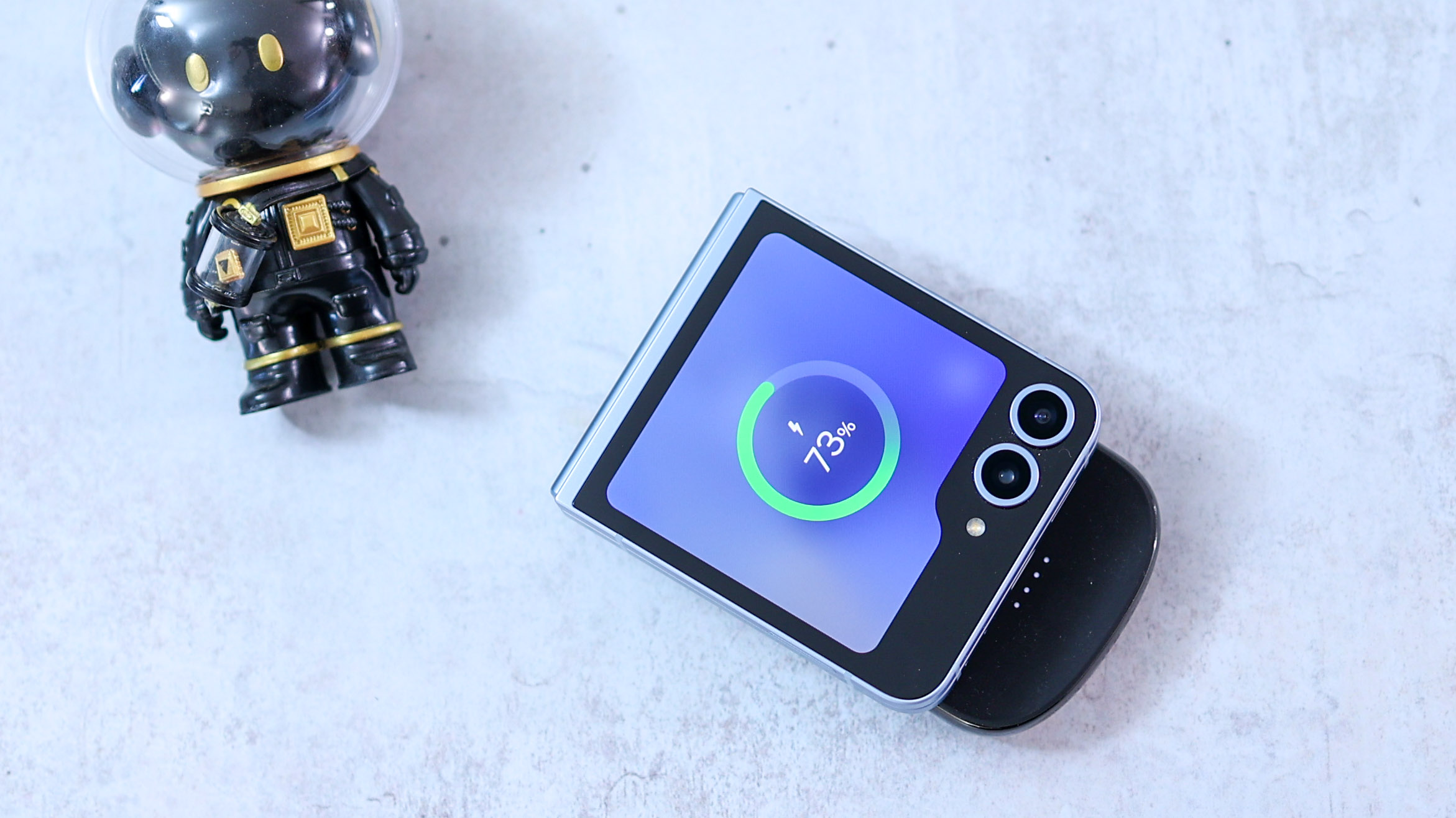
Specifications
Reasons to buy
Reasons to avoid
The Samsung Galaxy Z Flip 6 is the best flip phone out today, bar none. It's a step up from its predecessor, the Flip 5, thanks to its upgraded 50MP main camera. While the 12MP ultrawide camera still underperforms in low light, the overall photo quality is solid for casual use.
Powered by the Snapdragon 8 Gen 3 for Galaxy, the Flip 6 delivers faster performance and better thermal management. Its slightly larger 4000mAh battery improves longevity, though charging remains capped at 25W wired. The 3.4-inch cover screen is convenient for quick tasks, but its design feels dated compared to rivals. The 6.7-inch AMOLED main display is bright and responsive, despite the visible crease down the middle.
With a matte aluminum frame, IP48 water resistance, and seven years of software updates, the Flip6 is durable and future-proof. It’s an excellent choice for fans of stylish, compact foldables, even if it doesn’t bring groundbreaking changes. For more details, read our full Samsung Galaxy Z Flip 6 review.
Best fold phone overall
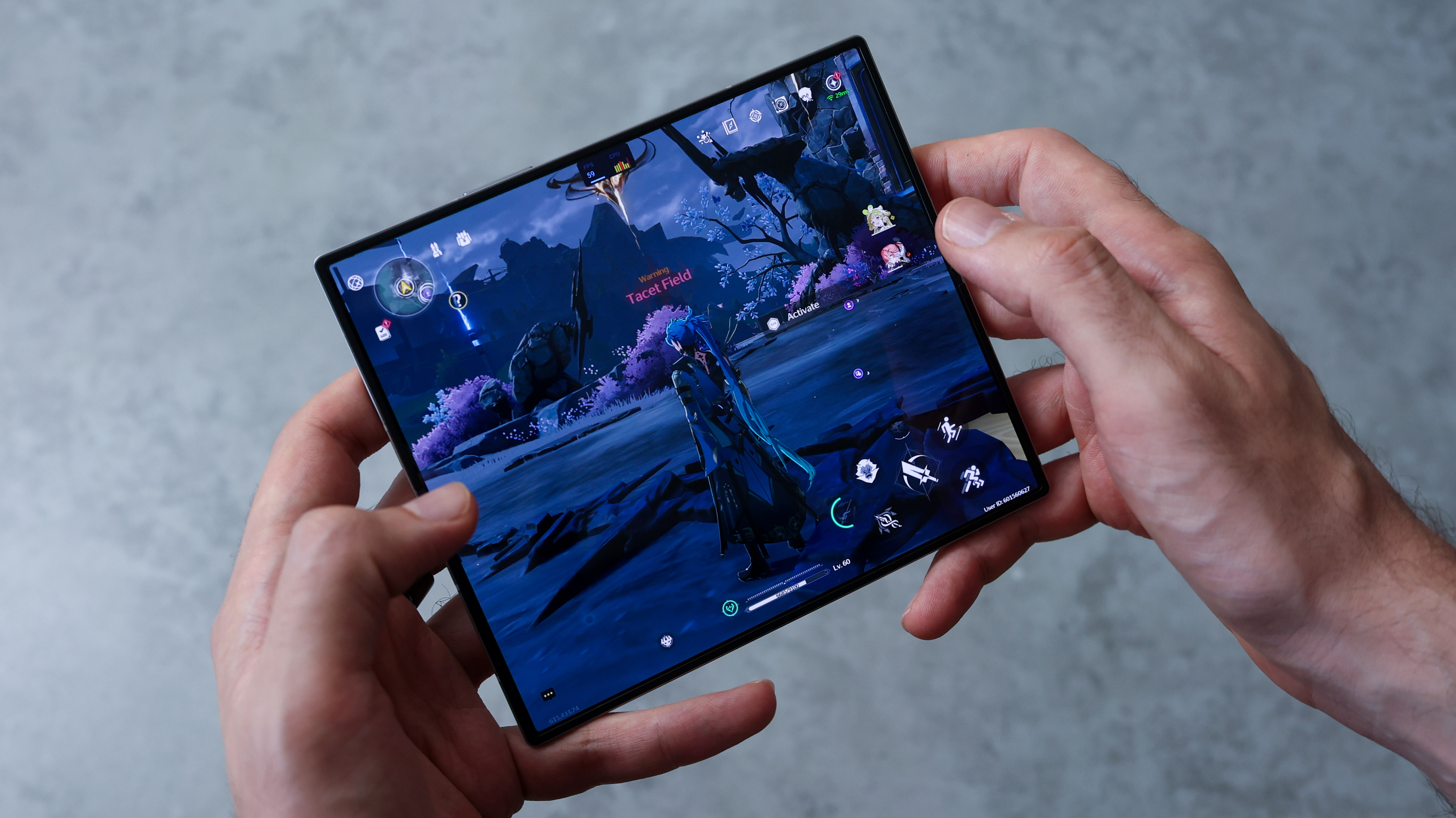
Specifications
Reasons to buy
Reasons to avoid
The Samsung Galaxy Z Fold 6 is the best foldable phone available today. Its new squared-off design and matte finish give it a clean, premium look, while IP48 water resistance ensures durability. The 7.6-inch AMOLED main screen remains vibrant and spacious, ideal for multitasking, though the crease is still noticeable.
The Snapdragon 8 Gen 3 chipset powers seamless performance, and the improved AI tools add value for productivity and creativity, from real-time translation to photo editing. S Pen support enhances the large screen’s utility for note-taking and design.
The 50MP main camera performs well in most conditions, though the 10MP telephoto lacks the zoom reach of competitors. Battery life from the 4400mAh battery is solid but unchanged, and 25W charging lags behind the competition.
Despite its incremental upgrades, the Galaxy Z Fold6 delivers a refined experience, excelling in software and design. It’s ideal for users seeking a versatile productivity device, even if its price and thicker build may deter some. Read our full Samsung Galaxy Z Fold6 review for more details.
The best flip phone for value
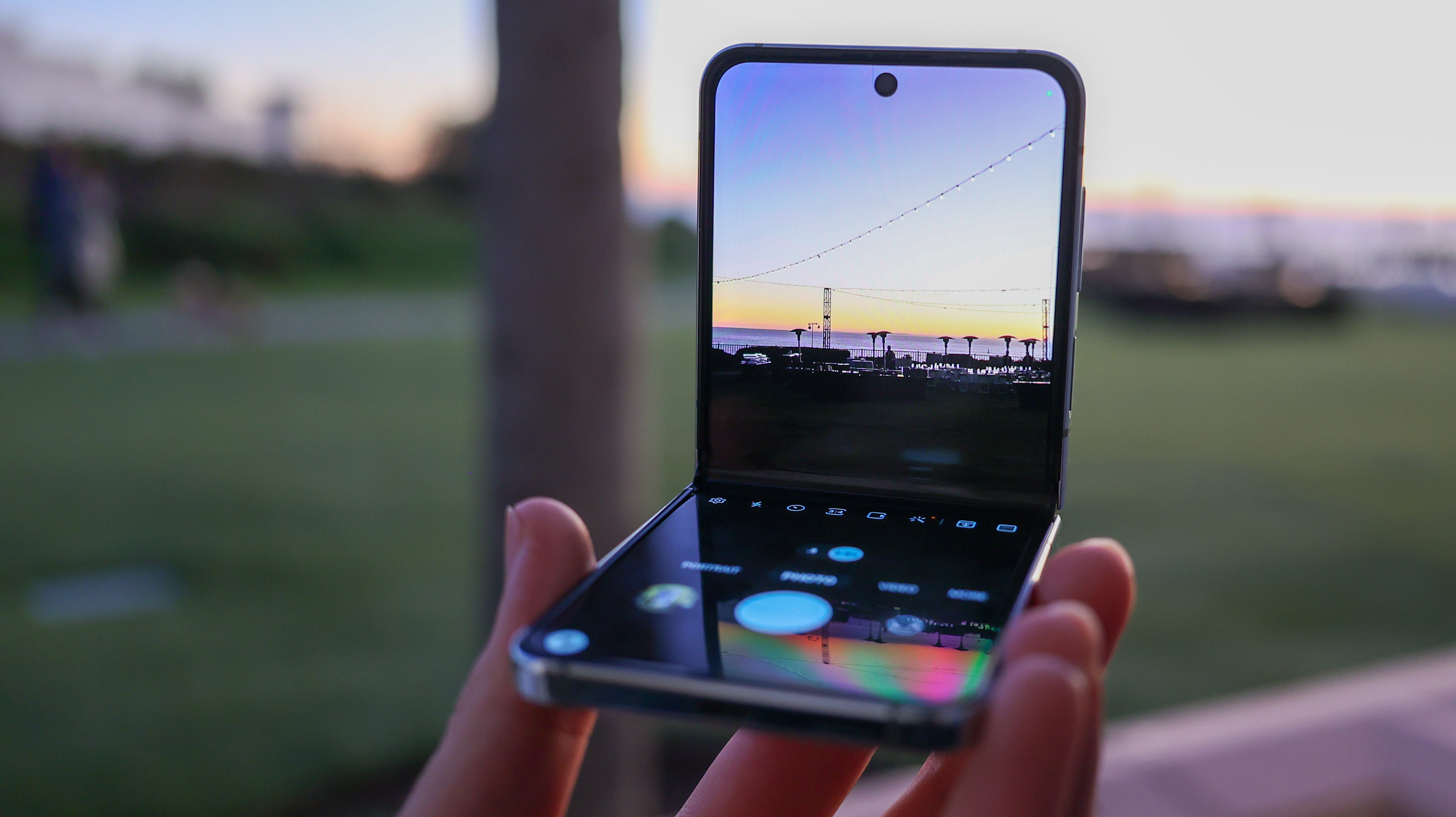
Specifications
Reasons to buy
Reasons to avoid
The Galaxy Z Flip 5 isn't the latest model from Samsung, but it is very capable. And as it's more affordable, that makes it excellent value.
The practicality of the new cover screen for everyday tasks, coupled with the commendable move of integrating IPX8 water resistance into a flip phone, sets it apart. Photographers might have reservations about Samsung's bold HDR effect, Insta-color science, and reliance on computational photography. Yet, credit where it's due – it's genuinely impressive that a phone with seemingly modest camera specs can consistently deliver a decent (albeit stylized) photo in most scenarios.
If you're on the lookout for a sleek compact flip clamshell and happen to be a fan of Samsung smartphones, well, it's our top choice in that particular category. For more details, read our full Samsung Galaxy Z Flip5 review.
Best folding phone for value
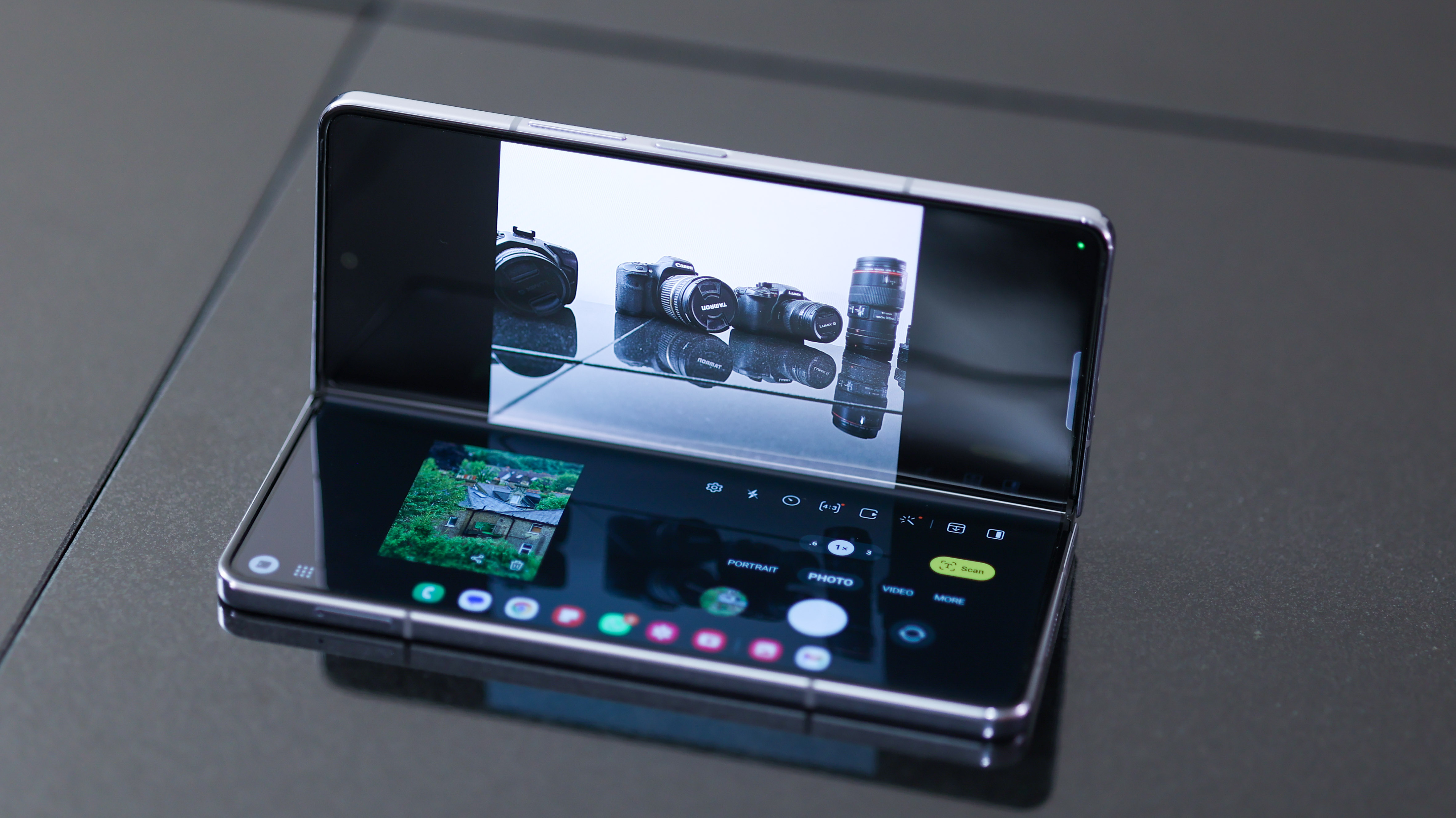
Specifications
Reasons to buy
Reasons to avoid
The Galaxy Z Fold 4 is a powerhouse, especially for photography enthusiasts.
The camera improvements and enhanced software are noteworthy, making it a solid choice for capturing those picture-perfect moments. S Pen support is a game-changer, too. Being able to use it on that expansive screen can unleash your creativity in photo editing.
Sure, the camera hardware itself could be even better, but considering the overall package and how it seamlessly integrates with photography apps, the Galaxy Z Fold 4 makes a compelling case for an all-round creative tool.
The appeal of the Flex Mode for steady shooting is awesome – it's like having a built-in stabilizer, complemented by the hinge that locks at various angles – very impressive. The durability and IPX8 water resistance are great bonuses, ensuring the phone can handle real-life scenarios without breaking a sweat.
Read our full Samsung Galaxy Z Fold5 review
Best folding phone for cameras
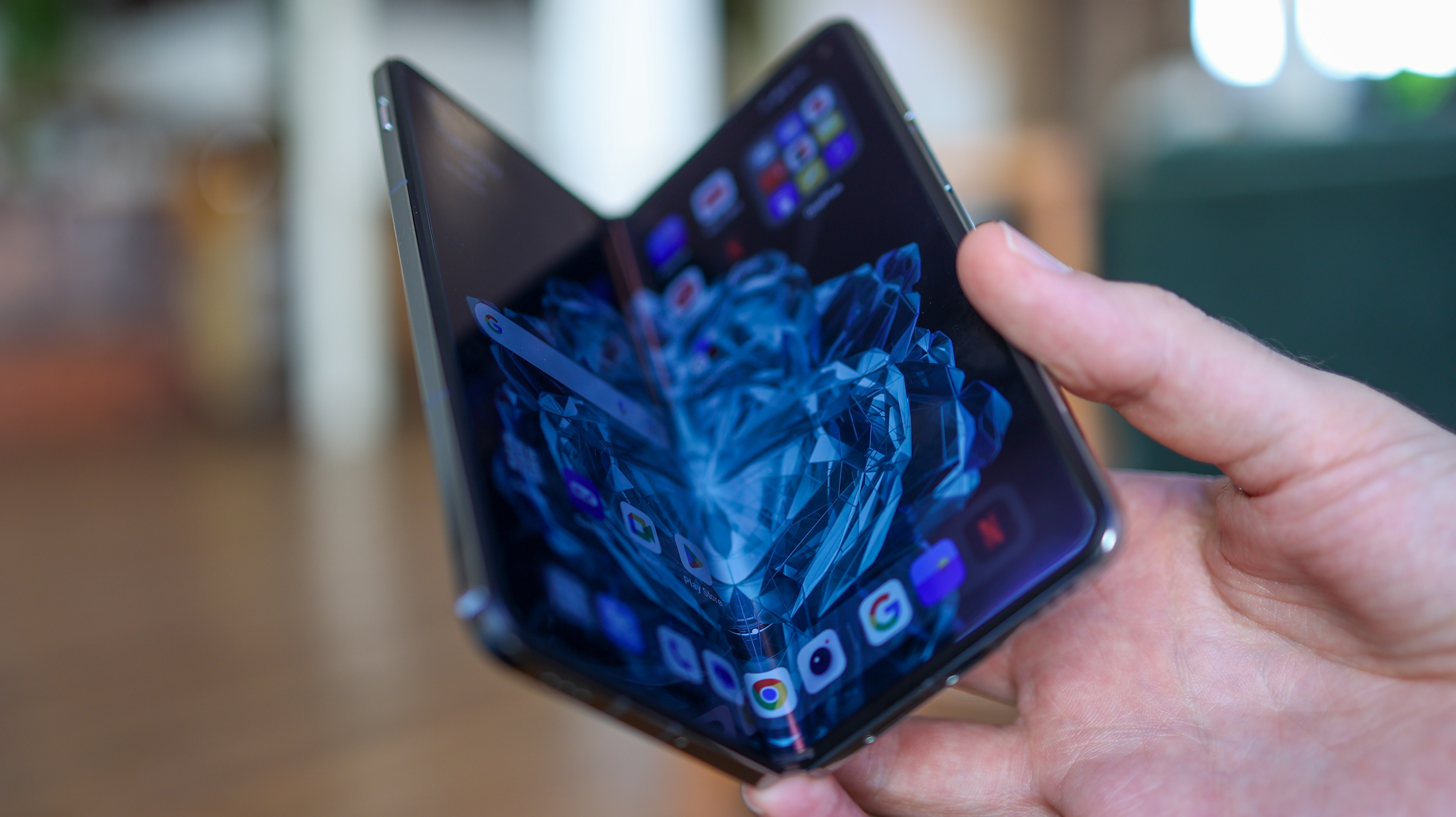
Specifications
Reasons to buy
Reasons to avoid
After Samsung's Fold hit the scene and sucked up all the air, it seemed like foldables were losing their spark – a bit ironic for such cutting-edge tech. But fear not, the OnePlus Open has come to the rescue, stirring things up, especially when it comes to photography.
Boasting the best camera combo in the foldable realm, and snapping shots that could give non-folding flagships a run for their money, the Open shines in the camera department. With a robust telephoto camera and the polished processing prowess we've come to love from OnePlus, this foldable is a true imaging triumph.
And here's the kicker – no major red flags in other areas. OnePlus's debut foldable confidently jumps to the forefront. Now, if you're eyeing one, there are a few things to note – it skips out on wireless charging and an IP rating. But if those omissions don't faze you, this is the first foldable we're giving a wholehearted camera-based recommendation.
Read our full OnePlus Open review
Best fold phone for AI editing
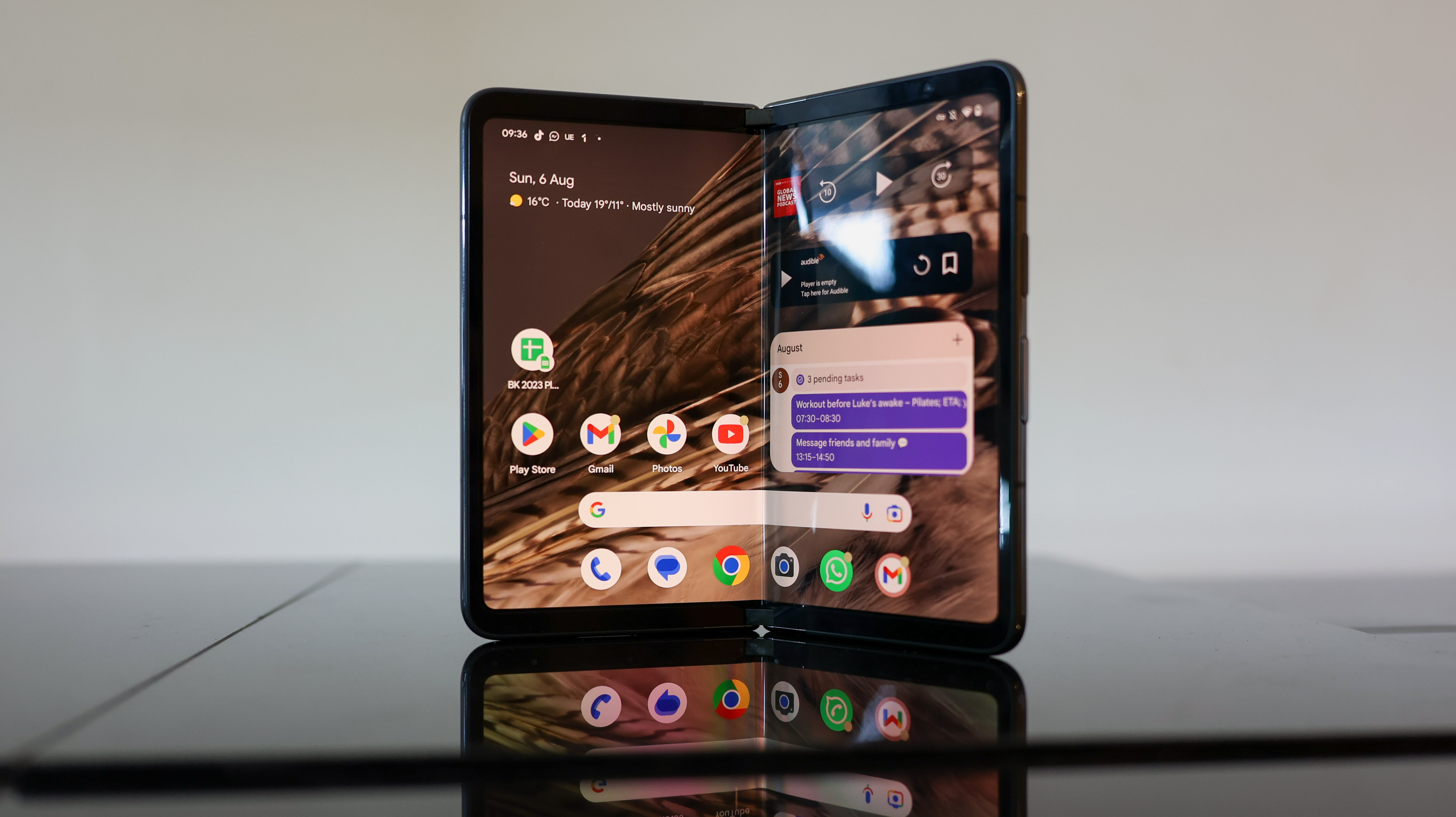
Specifications
Reasons to buy
Reasons to avoid
The Google Pixel 9 Pro Fold builds on the original Pixel Fold with major design and performance improvements. Its 8-inch main display is the largest among Western foldables, offering bright, vibrant visuals with minimal crease visibility. The Tensor G4 processor ensures smoother performance and better heat management, paired with seven years of software updates for long-term reliability.
However, the camera system disappoints. The 48MP main sensor is competent, but small sensors across the ultrawide and telephoto cameras result in weaker low-light and video performance compared to competitors like the OnePlus Open. Still, Google’s software enhances usability, with features like Best Face, Add Me, and Magic Editor offering creative flexibility.
The 6450mAh battery provides all-day usage, though charging speeds are slow, taking over 90 minutes for a full charge. While it lacks stylus support and multitasking capabilities fall behind rivals, the Pixel 9 Pro Fold excels in AI-driven tools and its user-friendly stock Android interface.
The Pixel 9 Pro Fold is a significant step forward for Google’s foldable lineup, but its camera limitations and high price may deter photographers. For those prioritizing a refined foldable design with robust AI features, it’s a strong contender. For more, read our full Google Pixel 9 Pro Fold review.
Get the Digital Camera World Newsletter
The best camera deals, reviews, product advice, and unmissable photography news, direct to your inbox!

Gareth is a photographer based in London, working as a freelance photographer and videographer for the past several years, having the privilege to shoot for some household names. With work focusing on fashion, portrait and lifestyle content creation, he has developed a range of skills covering everything from editorial shoots to social media videos. Outside of work, he has a personal passion for travel and nature photography, with a devotion to sustainability and environmental causes.
